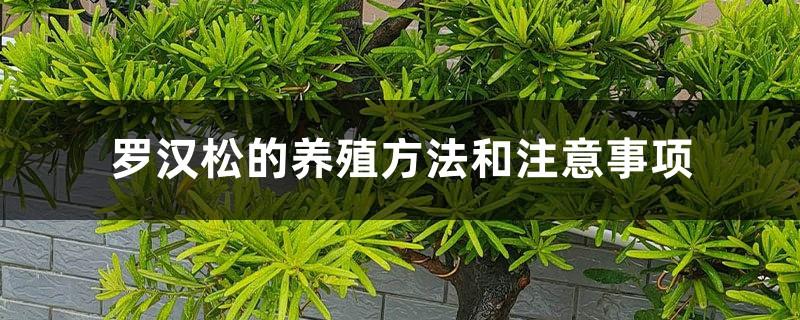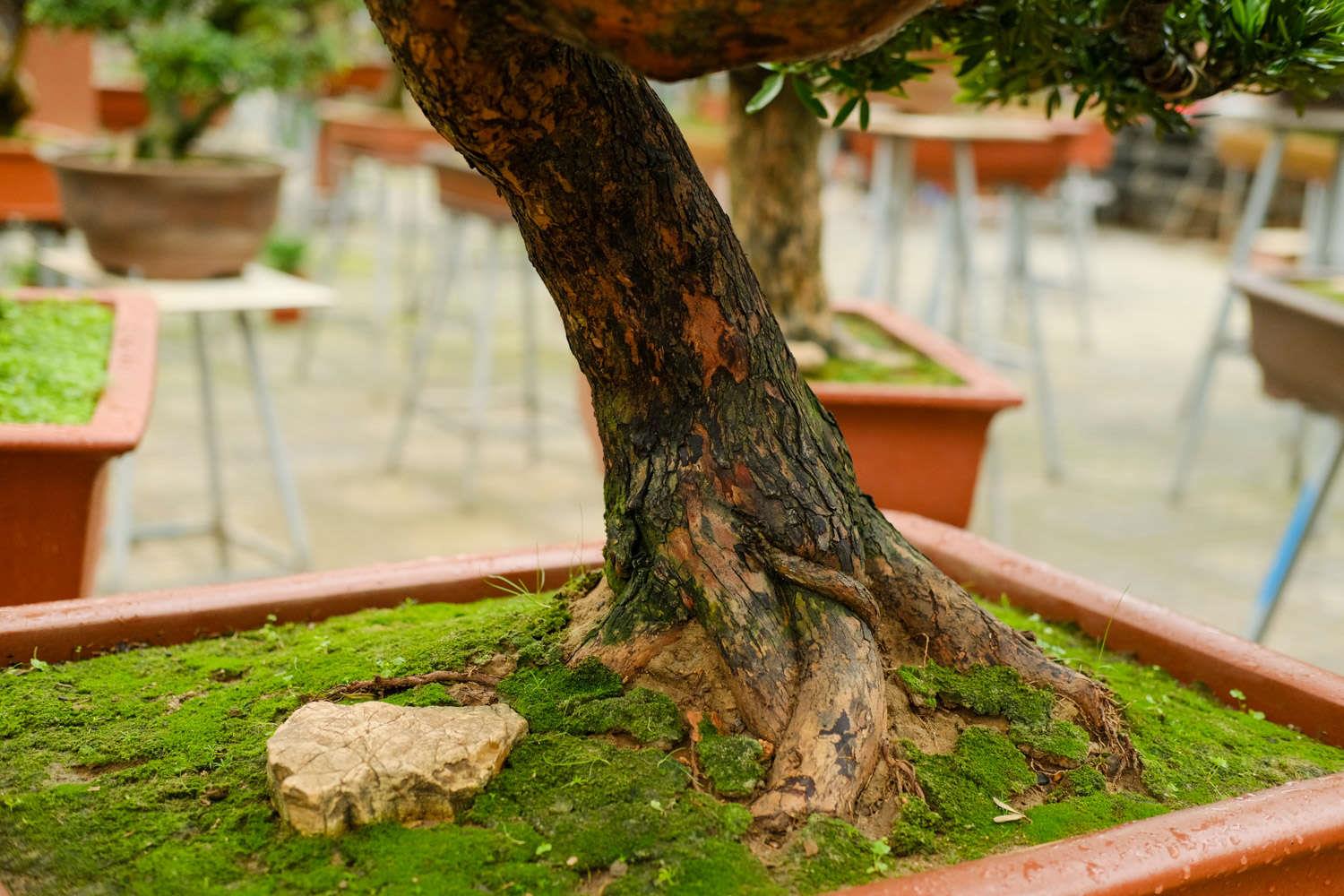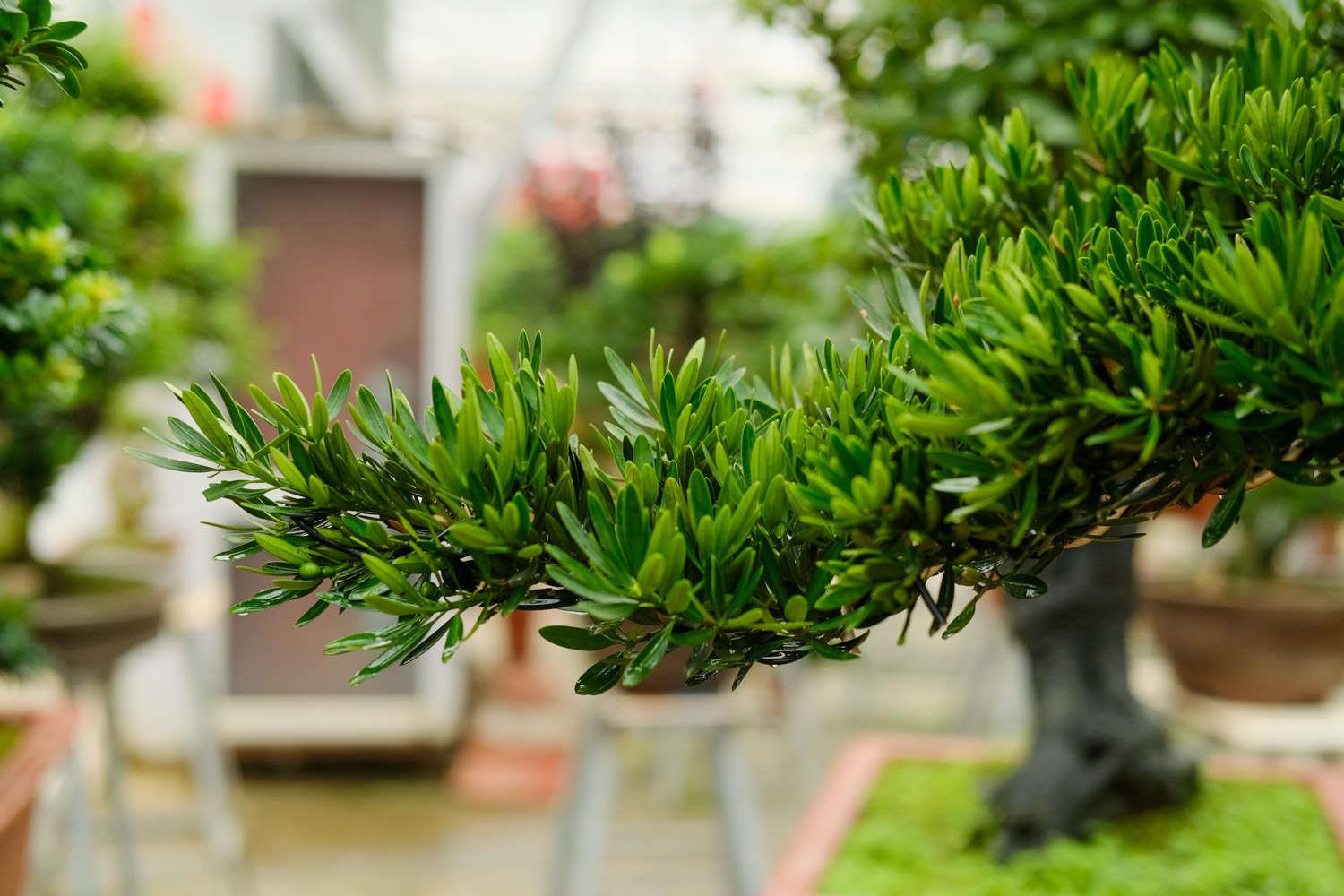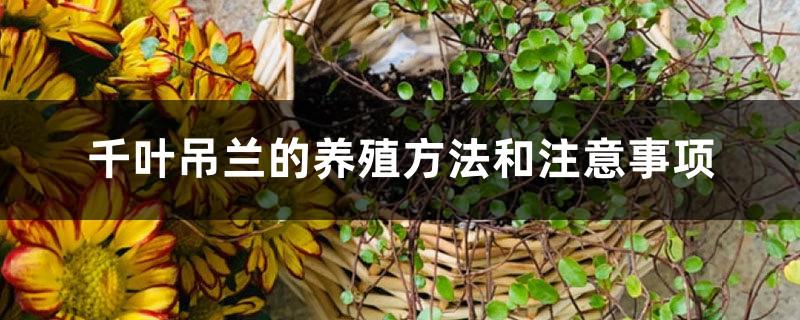Podocarpus cultivation methods and precautions
Last Update :2024.11.07
Article Catalog
Humic acid soil should be used for cultivating Luohan. During daily watering, the principle of preferring dryness to moisture should be followed, and the pot soil should be kept moist. Topdress decomposed organic liquid fertilizer every ten days and a half during the growing season. The temperature in winter should not be lower than 10℃, and it is not suitable to stay indoors for a long time during the growing season. Propagation can be carried out by sowing and cutting. In addition, proper pruning is required to prevent excessive growth.

Breeding method
Cultivation methods
Soil selection
Use humic acid soil when potting. Do not use alkaline soil. Podocarpus prefers loose, fertile and well-drained slightly acidic soil, and is intolerant of salt-alkali and barren soil.
Water and fertilizer management
Watering: Podocarpus is more resistant to drought, so when watering during the growing season, the principle of preferring dryness to moisture should be followed, and the pot soil should be kept moist. If you water too much, the pot soil will become waterlogged for a long time, which will cause root rot and yellow leaves. In severe cases, a large number of leaves will fall off, and the plant will die. Water evaporates quickly during the high temperature season in summer, so watering should be sufficient. If the pot soil is too large, the leaves will easily scorch, which will also affect the viewing.
Fertilization: Potted Podocarpus also needs to be supplemented with nutrients. Podocarpus does not like thick fertilizers. During the growing season, you can use decomposed organic liquid fertilizers with concentrations of 1:6, 1:8, and 1:10. Topdressing is done every ten days and a half, and watering is required the next day after fertilizing. This facilitates root absorption.
Temperature and light
Temperature: Podocarpus likes warmth and has weak cold tolerance. When the temperature drops to 13°C in winter, it enters a dormant state. At this time, the minimum temperature should not be lower than 10°C.
Light: Podocarpus can tolerate shade, but it should not be kept indoors for a long time during the growing season. Because indoor light and air humidity are not as good as outdoors, the growth and development of Podocarpus also requires sunlight and rain.
Propagation methods
Sowing and propagation: can be carried out in August. It is usually carried out in open field seedbeds. Pick and broadcast as you go. Cover with straw, pay attention to shade, and keep the substrate moist. In winter, cover with plastic film to prevent freezing.
Propagation by cuttings: can be carried out in spring and autumn. Spring planting is done in mid-March, and one-year-old thick dormant branches are selected as cuttings; autumn planting is done from July to August, and semi-lignified green branches are selected as cuttings. All cuttings should be heeled and shaded. Transplantation in March is most suitable.

Precautions
Prevention Leggy growth
During the growth period, pay attention to pruning and topping the established plants to prevent the branches and leaves from growing leggy and maintain the graceful posture of the podocarpus. When repotting, be careful to cut off excess roots and rotten fibrous roots, as well as overly dense and leggy branches.
Anti-frostbite
When the outdoor temperature drops to 5°C in winter, it should be moved indoors. After entering the room, control watering and stop fertilizing.
Pest prevention
Potted podocarpus should usually be placed on a high platform or stone slab. This can reduce the number of insects such as ants and earthworms entering the flowerpot from the bottom hole of the flowerpot. inside, harming the plants.

Precautions
- END -
The Difference Between Hemerocallis and Lilies

The roots are different: Hemerocallis is a perennial flower, with short rhizome an...
Cultivation methods and precautions for spider plant

Temperature: Spider plant is suitable for growing in a relatively warm place. You ...